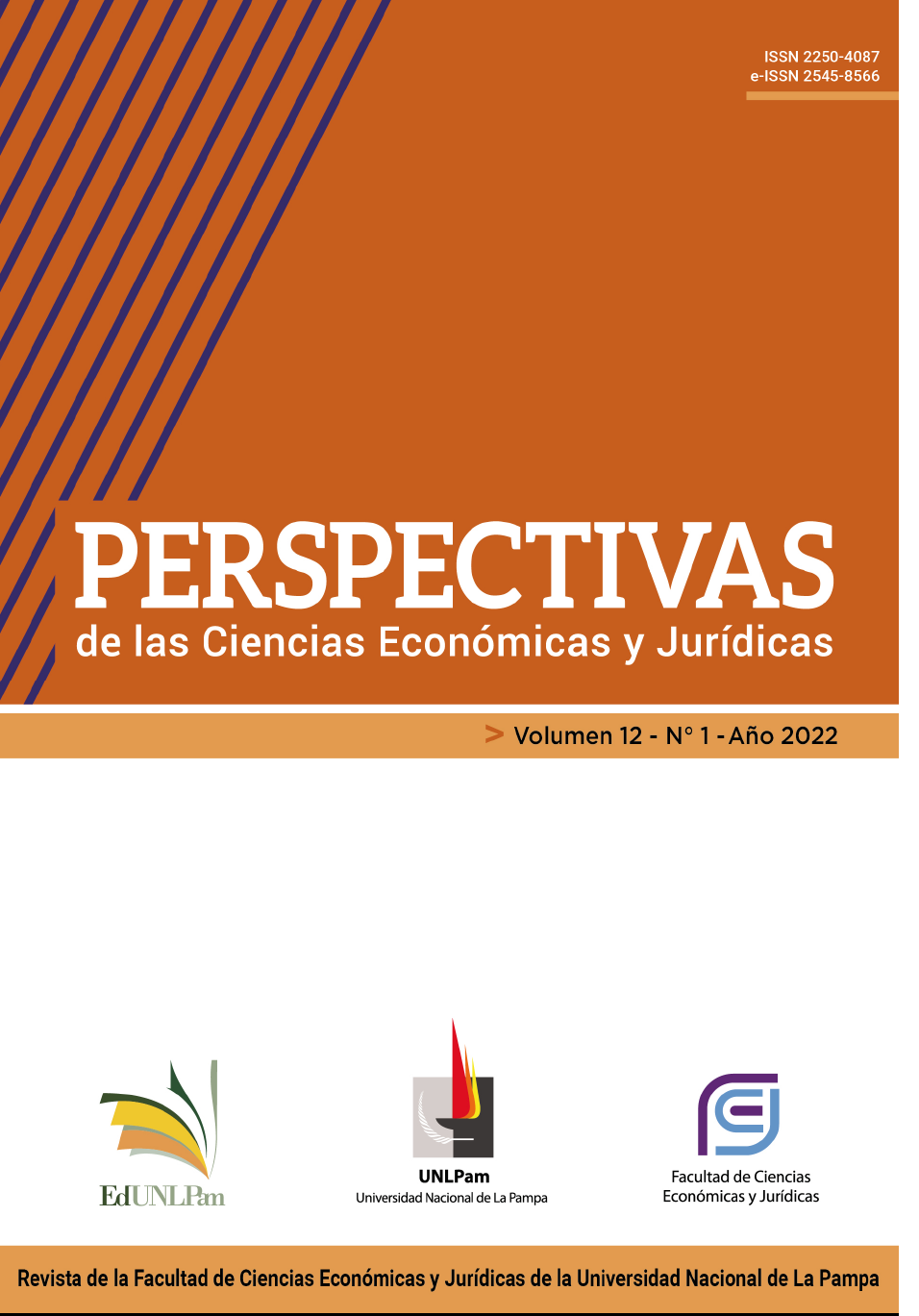SIMPLIFIED JOINT STOCK COMPANY (SAS). ITS DEVELOPMENT IN THE JURISDICTION OF THE PROVINCE OF LA PAMPA
DOI:
https://doi.org/10.19137/perspectivas-2022-v12n1a09Keywords:
Simplified stock company; motivations for the constitution; legality control; autonomy of the willAbstract
The legal framework offered by law 27.349 constitutes a good alternative to channel small and medium-sized enterprises in the jurisdiction of the province of La Pampa. The figure of the SAS has acquired a certain preponderance over other social types regulated by law 19.550. The central aspects that motivate or favor its application in commercial practice refer to the possibility of separating assets, the limitation of liability, the possibility to affect sole proprietorships, the separation of activities, and the simplification of registration and administrative procedures in its operation. Regarding the scope of the legality control carried out by the legal authority in the jurisdiction, it should be noted that it does not differ to a great extent from that which has been carried out for the other social types regulated by the LGS. The digital procedure to constitute these companies has not been implemented yet. Regarding the exercise of the autonomy of the partners’ will, and according to the professional practice, it is manifested mainly in the clauses related to the social object, the social capital and the disposition of the shares. In general, the model contract offered is adopted and adjustments are made to it in the referred clauses. Related to the risks of using the legal framework of the SAS for non-corporate purposes, it is necessary to recognize different jurisdictional realities. In any case, the accounting profession indicates its concern regarding this issue. By virtue of the above, and in order to mitigate the risks, to protect third parties, and to avoid potential corporate conflicts, it would be necessary to carry out legal and regulatory modifications in order to increase the powers of the jurisdictional control authorities, not only in the constitution but also in the operation of these companies.
Downloads
Downloads
Published
Issue
Section
License
Aquellos autores/as que tengan publicaciones con esta revista, aceptan los términos siguientes:- Los autores/as conservarán sus derechos de autor y garantizarán a la revista el derecho de primera publicación de su obra, el cuál estará simultáneamente sujeto a la Licencia de reconocimiento de Creative Commons que permite a terceros compartir la obra siempre que se indique su autor y su primera publicación esta revista.
- Los autores/as podrán adoptar otros acuerdos de licencia no exclusiva de distribución de la versión de la obra publicada (p. ej.: depositarla en un archivo telemático institucional o publicarla en un volumen monográfico) siempre que se indique la publicación inicial en esta revista.
- Se permite y recomienda a los autores/as difundir su obra a través de Internet (p. ej.: en archivos telemáticos institucionales o en su página web) antes y durante el proceso de envío, lo cual puede producir intercambios interesantes y aumentar las citas de la obra publicada. (Véase El efecto del acceso abierto).











.png)



5.jpg)












